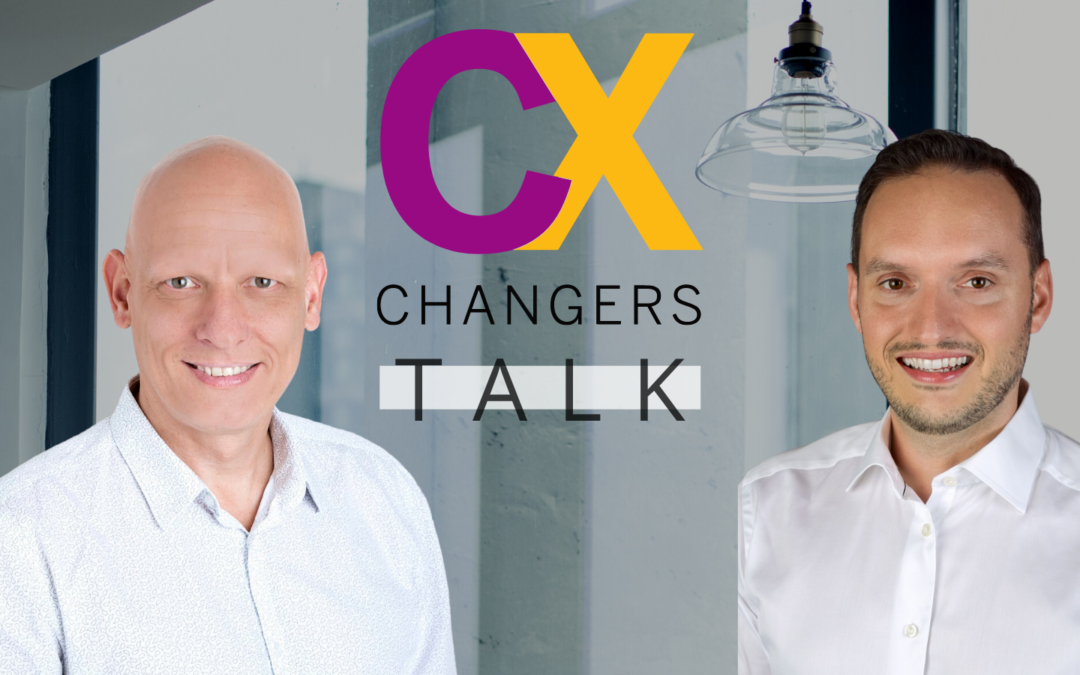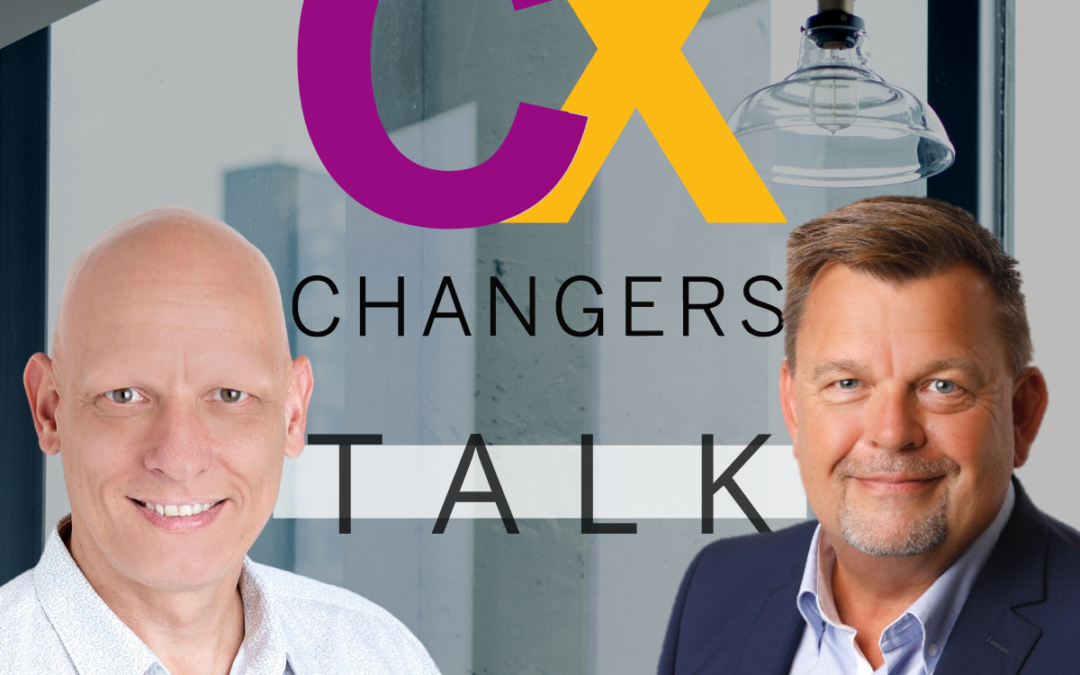
by twieberneit | May 23, 2022 | Blog, Sponsored |
These days, Customer Data Platforms, or in brief CDPs, are one of the most discussed topics in the CX industry. Last time I looked, the CDP Institute counted more than 150 CDPs of different flavors that target different business challenges. This raises a lot of questions, chiefly: What is a CDP? Which business challenges do companies solve with a CDP and how do they approach the solution, i.e. how do they proceed implementing one? Let’s start at the beginning. According to the CDP Institute, a CDP is “packaged software that creates a persistent, unified customer database that is accessible to other systems”. Figure 1: A simple model of CDP functionalities Functionalities offered by CDPs reach from simple data gathering and unification to the activation and even active usage of information derived from customer data. This already shows the different business challenges that can be addressed with a CDP. It also shows, that the business challenges can be addressed in a way that provides increasing value to the business. As an aside: A good CDP always bases on a solid foundation of customer identities and the consents that customers have given. The second important question is how a CDP can or should be implemented. What is a viable approach? To learn more about these questions, we spoke with Mario Kurmann, Senior Product Manager CRM at Migros Fachmarkt AG in Switzerland. Mario was responsible for the initial CDP implementation and now for its continuous improvement. Migros is one of Switzerland’s biggest retailers. Fachmarkt, as part of Migros, basically operates five independent brands in the areas of sports, electronics, home improvement, furniture...

by twieberneit | Apr 28, 2022 | Blog, Sponsored |
These days, customer experience is one of the biggest topics. Many, if not most, vendors have restructured, reshaped, or just renamed their portfolios to reflect customer experience one way or the other. Customer experience is great, customer experience is valuable. Now, what is customer experience? According to Paul Greenberg’s definition, “customer experience is how a customer feels about a company over time”. Bruce Temkin defines customer experience as “the perception that customers have of their interactions with an organization.” Similarly, the Gartner Group defines customer experience as “the customer’s perceptions and related feelings cause by the one-off and cumulative effect of interactions with a supplier’s employees, systems, channels or products.” What all these definitions have in common is that they are talking about something that is not in the realm of the business and quite abstract. I often say that good customer experience (CX) is the new differentiator as products and services delivered by businesses are increasingly becoming a commodity. Only few brands can truly differentiate themselves based upon their products/services, price, placement, i.e., the classical tools of the marketing mix. This leaves customer experience as the lever that businesses can and need to work with. But customer experience is not an end. It is a means. Businesses mostly need to be profitable, which means that the CFO is always on the table when it comes to approving new projects or initiatives, even in important areas like customer experience. The CFO’s main questions are about financial KPIs – and are often not answered in a better way than “everybody knows that good customer experience is good for business”. This...




